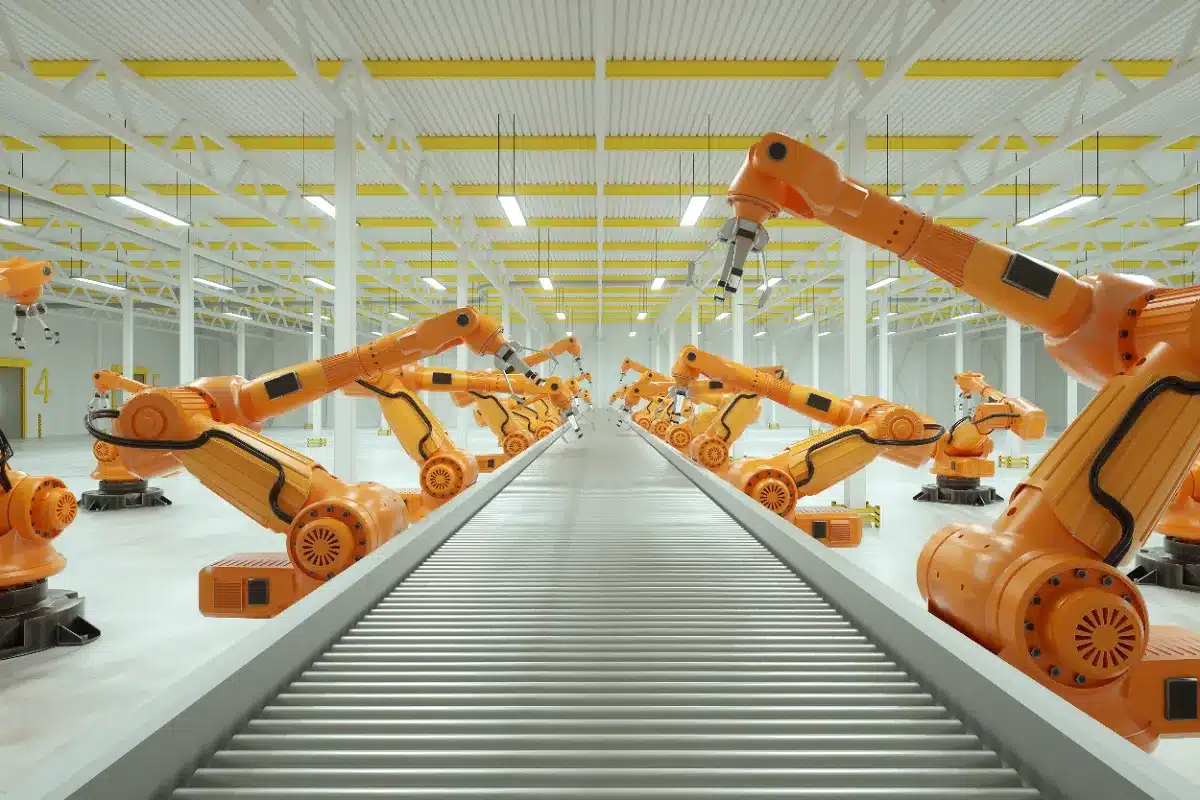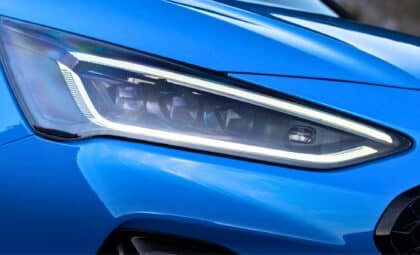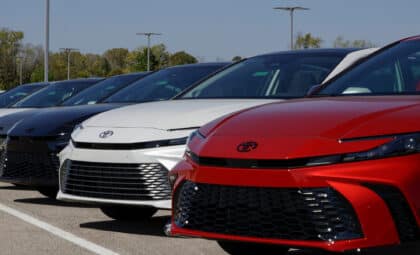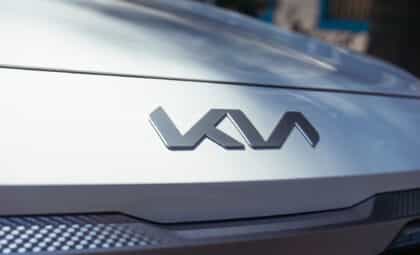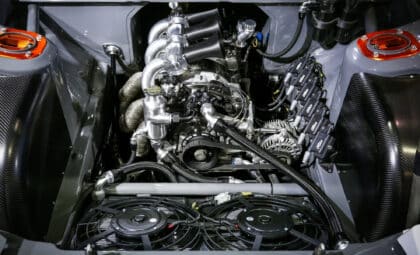The move to electric vehicles (EVs) is often seen as a key step in lowering global carbon emissions and fighting climate change. But a recent Greenpeace study puts the spotlight on an aspect that doesn’t get much attention—the carbon footprint from making electric car batteries. This in-depth look at battery makers points out big gaps in using renewable energy (basically green power) and makes you wonder how “green” electric cars really are.
The environmental price of building electric cars
Even though electric vehicles run cleaner on the road, the way they’re built tells a different story. According to the Greenpeace report, making an electric car releases more CO2 than building a traditional gasoline-powered one. The main culprit? The battery production process, which alone accounts for about a third of the total emissions tied to making an electric car. In fact, manufacturing an electric vehicle churns out 40% more CO2 than its gas-powered rival.
A big part of the problem is the huge amount of energy needed to produce high-capacity batteries (a key part for EVs). As the demand for these rides goes up, so does the need for battery production methods that are both efficient and kinder to the environment.
Cutting emissions with renewable energy
To trim down these emissions, car makers need to get creative with ways to shrink the battery production footprint. One promising route is to use more renewable energy sources, as demonstrated by Tesla’s partnership with China. However, how doable this is can really change from one region to another.
Take China, for example. With a heavy reliance on coal for power, the country faces its own set of challenges when trying to switch over to greener options (this is where local energy choices play a big role). This mix-up in energy sources shows that strategies need to be custom-made for each area while still reaching for global green goals.
Checking in on top battery makers
Greenpeace took a close look at the top 10 battery manufacturers around the globe to see how they’re doing with renewable energy. The idea was to spot the companies that have set big targets for switching entirely to renewable sources—and those that expect the same from their suppliers.
The results were pretty eye-opening: only three companies have made clear moves toward cutting their carbon footprint. One standout is CATL, a market leader that’s not just setting goals for itself but also for its supply chain partners. On the flip side, BYD’s international expansion hasn’t yet laid out or shared any specific plans about using renewable energy.
The need for greener battery production
As carmakers keep pushing toward electrification, finding ways to lower battery production emissions is becoming more and more important. The benefits of switching to all-electric vehicles will only really pay off if the manufacturing side of things is also going green.
Greenpeace’s findings shine a light on both the hurdles and the openings in this field. While some companies are stepping up their game when it comes to sustainability, others are falling behind, which points to a real need for everyone in the industry to work together and try out new ideas.
At the end of the day, as drivers and lawmakers call for cleaner transportation options, digging into and fixing these issues is a must. By boosting the use of renewable energy and having manufacturers answer for their environmental footprint, we can make sure that the switch to electric vehicles truly moves us toward a cleaner future, highlighting the financial benefits of EVs.

